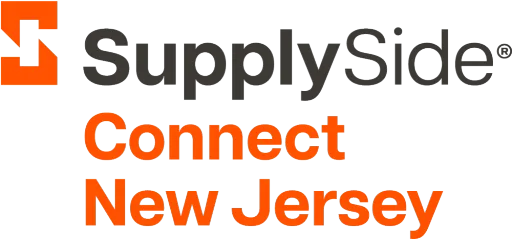NSF/ANSI Standard 51 Lead Content Changes

It’s essential for manufacturers to understand the NSF/ANSI 51 lead content revisions, and how these impact your materials and product compliance.
Changes to lead content NSF/ANSI 51
- Sections 4.1.3 and 4.2.3 were revised to bring lead content requirements in alignment with the latest updates to the US EPA Safe Drinking Water Act. Revisions to the Safe Drinking Water Act now include requirements for third party certification of 0.25% lead content compliance on all products associated with water intended for human consumption. The previous edition of NSF/ANSI 51 only required evaluation to 0.25% lead content criteria when brass or bronze materials were in contact with water, coffee, or tea.
- The Safe Drinking Water Act also now clarifies that water heaters will need to be included in the list of items requiring certification to lead content criteria. Section 4.1.3.1 was added to address this.
Impact of NSF/ANSI 51 changes on other standards
NSF/ANSI 51 serves as a reference document for many other NSF/ANSI Food Equipment Standards. All products certified to those standards that have materials in a product flow path that contact water, coffee, or tea intended for consumption will need to demonstrate compliance with the new requirements.
What is NSF/ANSI 51 certification?
We review your material formulation
You may need to provide information in the form of:
- Safety data sheets
- Declarations of 21 CFR compliance1
- Contact information for ingredient suppliers. Supplier contact information is necessary if the chemical identity is unknown or if the ingredient is a mixture.
Ingredient verification
Our experts examine all ingredients in the formulation against the specifications and limitations in the relevant 21 CFR section. We consider:
- The entire formulation
- Its intended use
- Any potential chemical interactions.
- If 21 CFR requires test reports, we review those as well.
If 21 CFR compliance can’t be confirmed, we may request additional information, such as:
Generally recognised as safe (GRAS): The FDA determines GRAS status based on historical safe use in food before 1958 or through a formal notification process. This status, once approved, is listed in the GRAS database. GRAS status can also be self-determined if recognised as safe by a scientific body. Examples include sodium hydroxide, calcium carbonate, and citric acid.2
Food Contact Notification (FCN): An FCN is a premarket notification to the FDA proving the safety of new food contact substances. The FDA now uses the FCN process instead of adding chemicals to 21 CFR, making FCNs equivalent to 21 CFR references. FCNs are proprietary to the notifying sponsor.3
Threshold of Regulation (TOR) Exemption: The TOR Programme exempts substances in food packaging or processing equipment from being listed as food additives if they pose no significant risk to human health. These exemptions, reviewed by the FDA and deemed acceptable, are not proprietary and are listed in the TOR exemption database.4
Threshold of Regulation (TOR) Calculation: Section 170.39 of 21 CFR covers regulation thresholds for substances used in food-contact articles. If the food contact substance is expected to migrate into food at less than 0.5 ppb, it is considered outside regulation threshold and isn’t required to meet 21 CFR. TOR calculations consider the surface area, material density, part lifespan, amount of food contact, requested temperature, and food types.
Legal letter of opinion: This letter, written by a law firm in coordination with a scientist and toxicologist, argues why a specific material or chemical is acceptable in food contact materials.
Risk assessment: This assessment evaluates the potential health risks of new compounds without FDA clearance by reviewing historical data and studies. It includes food types, temperature, and expected migration into the food chain.
Sources:
1. NSF/ANSI 51 requires all food zone materials to be made from substances regulated as indirect food additives under the US Code of Federal Regulations, specifically 21 CFR. This set of regulations covers food, drugs, and cosmetics. Within 21 CFR, there are various sections that detail how different chemicals and materials can be used in contact with food, including specific conditions and manufacturing specifications.
2 www.fda.gov/food/generally-recognized-safe-gras/gras-substances-scogs-database
3 www.fda.gov/food/packaging-food-contact-substances-fcs/inventory-effective-food-contact-substance-fcs-notifications
4 www.fda.gov/food/packaging-food-contact-substances-fcs/threshold-regulation-exemptions-substances-used-food-contact-articles
Need help?
Our team is ready to support you
What’s New with NSF

GMP and Regulatory Compliance Virtual SupplySide Connect New Jersey Training
January 30, 2025
NSF Certifies Johnson Screens as the First Client in India to NSF/ANSI/CAN 61 for PVC Pipes
December 30, 2024
NSF Certifies Aliaxis as the First Client in India to NSF/ANSI/CAN 61 for Polyethylene Fittings
December 30, 2024